Harry Belafonte Biography — Harry Belafonte born Harold George Bellanfanti Jr was an American singer, activist, and actor.
As arguably the most successful Caribbean-American pop star, he popularized Jamaican mento folk songs which was marketed as Trinbagonian Calypso musical style with an international audience in the 1950s.
His breakthrough album Calypso (1956) was the first million-selling LP by a single artist. Belafonte was best known for his recordings of “The Banana Boat Song”, with its signature “Day-O” lyric, “Jump in the Line”, and “Jamaica Farewell”.
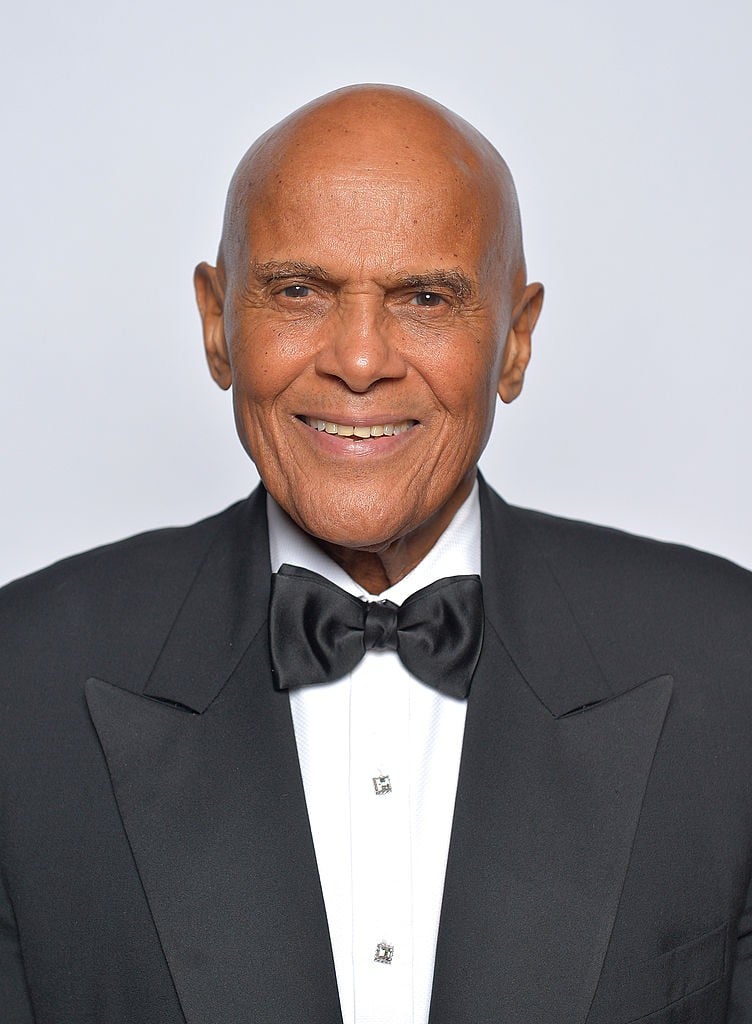
Harry Belafonte Biography
Harry Belafonte was born as Harold George Bellanfanti Jr. on March 1, 1927 in New York City to Harold Sr. and Melvine, both of whom came from Jamaica. As a youth, Belafonte lived with his grandmother in Jamaica; there, he went to Wolmer’s Schools for his primary education.
After coming back to New York, he attended George Washington High School. Belafonte went on to enlist in the US Navy during World War II. He later developed a love for the performing arts when he went to see the American Negro Theater and met actor Sidney Poitier. Toward the end of the 40s, Belafonte took acting classes at the New School’s Dramatic Workshop and performed with the American Negro Theater.
Music Career in the 50s and 60s
To pay for his acting classes, Belafonte became a club singer. Eventually, in 1949, he signed with the Roost record label to begin his career as a recording artist. With his friend Millard Thomas, he made his debut at the Greenwich Village jazz club the Village Vanguard.
In 1953, Belafonte signed with RCA Victor, the label with which he would remain for the next two decades. He went on to have his mainstream breakthrough in 1956 with his studio album “Calypso,” which became the first album in the world to sell more than a million copies within a single year. Moreover, the album launched the song that would become Belafonte’s signature: “Day-O (Banana Boat Song).” The other hit single from “Calypso” was “Jamaica Farewell.”
Beyond the calypso genre, Belafonte recorded blues, folk, and gospel songs, as well as show tunes and standards. In 1959 and 1960, he released a pair of live albums recorded at Carnegie Hall; the 1959 album included his popular cover of the Jewish folk song “Hava Nagila.”
Belafonte subsequently released such albums as “Jump Up Calypso,” “Midnight Special,” “Streets I Have Walked,” and “Ballads, Blues and Boasters.” He also had a notable professional partnership with South Africans singer-songwriter and activist Miriam Makeba, with whom he recorded the Grammy Award-winning 1965 album “An Evening with Belafonte/Makeba.”
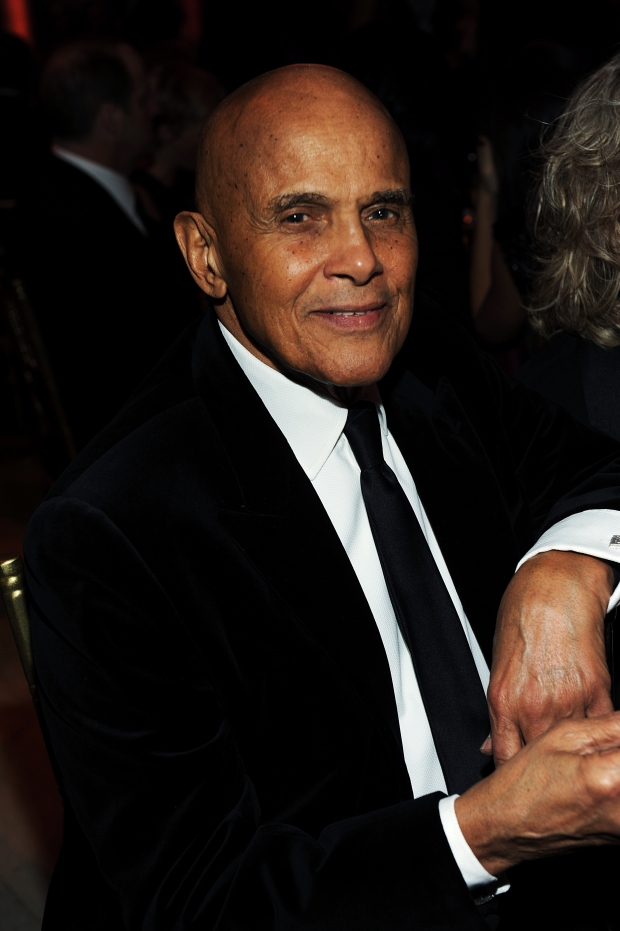
Further Music Career and Retirement
In 1971, Belafonte released his final calypso album, “Calypso Carnival.” His recording career subsequently slowed down throughout the decade, during which time he embarked on tours around the world. Belafonte returned to musical success in the mid-80s when he became involved with the charity supergroup USA for Africa. He also scored the musical film “Beat Street.”
After signing a record deal with EMI, Belafonte released his first album of original material in more than a decade: “Paradise in Gazankulu.” The album, which would be Belafonte’s last, features protest songs criticizing Apartheid in South Africa. Belafonte continued to perform throughout the 90s and early 00s, with his final concert being an Atlanta Opera benefit concert in late 2003. He retired from professional singing not long after that.
Film Career
Belafonte made his acting debut in the 1953 film “Bright Road,” costarring Dorothy Dandridge. The pair reunited the following year to star in Otto Preminger’s hit musical film “Carmen Jones”; they appeared together again in the 1957 ensemble film “Island in the Sun.”
Two years after that, Belafonte starred in and produced Robert Wise’s film noir “Odds Against Tomorrow.” He also starred in the science-fiction film “The World, the Flesh and the Devil.” After taking a break from the big screen in the 60s, Belafonte returned in the 70s to star alongside Sidney Poitier in the Western “Buck and the Preacher” and the action crime comedy “Uptown Saturday Night.”
Belafonte had his next major starring role in the 1995 racism drama “White Man’s Burden,” costarring John Travolta. The year after that, he had a juicy role in Robert Altman’s jazz-age crime film “Kansas City.” Belafonte’s other film credits include Emilio Estevez’s “Bobby” and Spike Lee’s “BlacKkKlansman,” in which he plays an elderly civil rights leader.
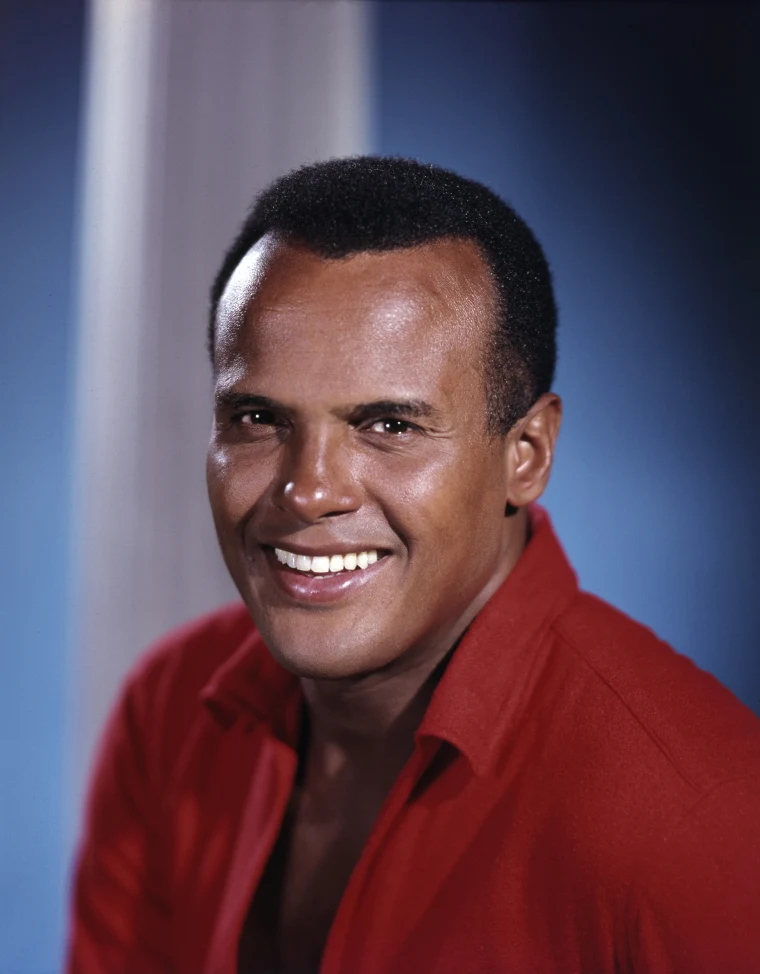
Activism and Charity
As an activist for political and humanitarian causes, Belafonte was hugely inspired by actor, singer, and civil rights activist Paul Robeson, who served as his mentor. In the 50s and 60s, Belafonte was among the most high-profile leaders of the civil rights movement, and served as one of Martin Luther King Jr.’s confidants.
Among his other contributions, he financed the 1961 Freedom Rides and helped organize the March on Washington in 1963. Belafonte was also highly active in the Anti-Apartheid Movement in South Africa.
In 1985, Belafonte helped put together the Grammy Award-winning charity song “We Are the World,” and also performed in the Live Aid concert. Two years later, he was named a UNICEF Goodwill Ambassador. Belafonte went on to support humanitarian causes around the world, particularly in Africa, where he worked with various campaigns to raise awareness of such issues as child poverty and HIV/AIDS.
Harry Belafonte Death
On April 25, 2023, Belafonte died from congestive heart failure at his home on the Upper West Side of Manhattan, at the age of 96.
Harry Belafonte Parents
Harry Belafonte was the son of Jamaican-born parents Harold George Bellanfanti Sr., who worked as a chef, and Melvine (née Love), a housekeeper. His mother was the child of a Scottish Jamaican mother and an Afro-Jamaican father, and his father was the child of a Black American mother and a Dutch-Jewish father of Sephardic Jewish descent. Harry, Jr. was raised Catholic.
Harry Belafonte Wife
Harry Belafonte has been married multiple times. He wed his first wife, Marguerite Byrd, in 1948 and divorced in 1957. Belafonte subsequently married former dancer Julie Robinson, Following 47 years of marriage, the couple got divorced in 2004. Belafonte wed his third wife, photographer Pamela Frank, in 2008.
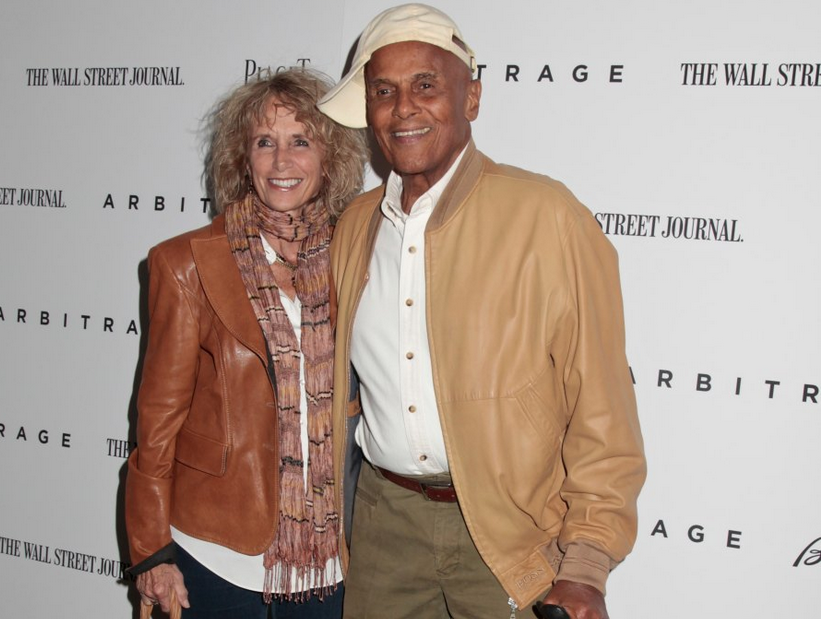
Harry Belafonte children
Harry Belafonte and Pamela Frank were married for 15 years, but they never had any children together. He did, however, welcome four kids during his previous marriages.
During his first marriage to Marguerite Belafonte, which lasted from 1948 to 1957, he welcomed daughters, Shari Belafonte and Adrienne Belafonte Biesemeyer.
He then welcomed his son, David Belafonte, and his third daughter, Gina Belafonte, during his second marriage to Julie Robinson, which lasted from 1957 to 2008.
Prior to her marriage to Belafonte, Frank welcomed daughters, Sarah Frank and Lindsey Frank.
Harry Belafonte Net Worth
According to Celebrity Net Worth, Harry Belafonte’s riches are estimated to be $30 million.


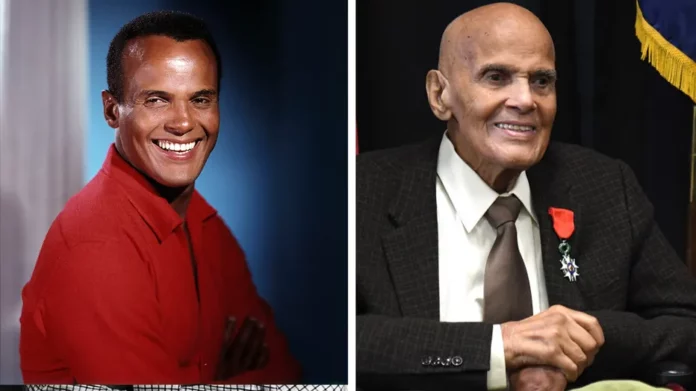





![Agya Koo booed while campaigning for Ejisu NPP MP aspirant [video] Agya Koo](https://www.atinkanews.net/wp-content/uploads/2024/04/agya-koo-booed-while-campaigning-for-ejisu-npp-mp-aspirant-video-324x160.jpg)


![Sheena Gakpe causes stir online as she flaunts her curves in tight dress [Video]](https://www.atinkanews.net/wp-content/uploads/2024/04/sheena-gakpe-causes-stir-online-as-she-flaunts-her-curves-in-tight-dress-video-324x160.jpg)
![Philipa Baafi bags 1st Class after returning to school after age 40 [video] Philipa Baafi](https://www.atinkanews.net/wp-content/uploads/2024/04/philipa-baafi-bags-1st-class-after-returning-to-school-1-324x160.jpg)

![Ini Edo gives fashionista vibe as she marks her 42nd birthday [Video] Ini Edo](https://www.atinkanews.net/wp-content/uploads/2024/04/ni-edo-gives-fashionista-vibe-as-she-marks-her-42nd-birthday-video-324x160.jpg)
![Video of Regina Daniels and ex Somadina as newly wedded couple trends [watch] Regina Daniels and Somadina Adinma](https://www.atinkanews.net/wp-content/uploads/2024/04/video-of-regina-daniels-and-ex-somadina-as-newly-wedded-couple-324x160.jpg)
